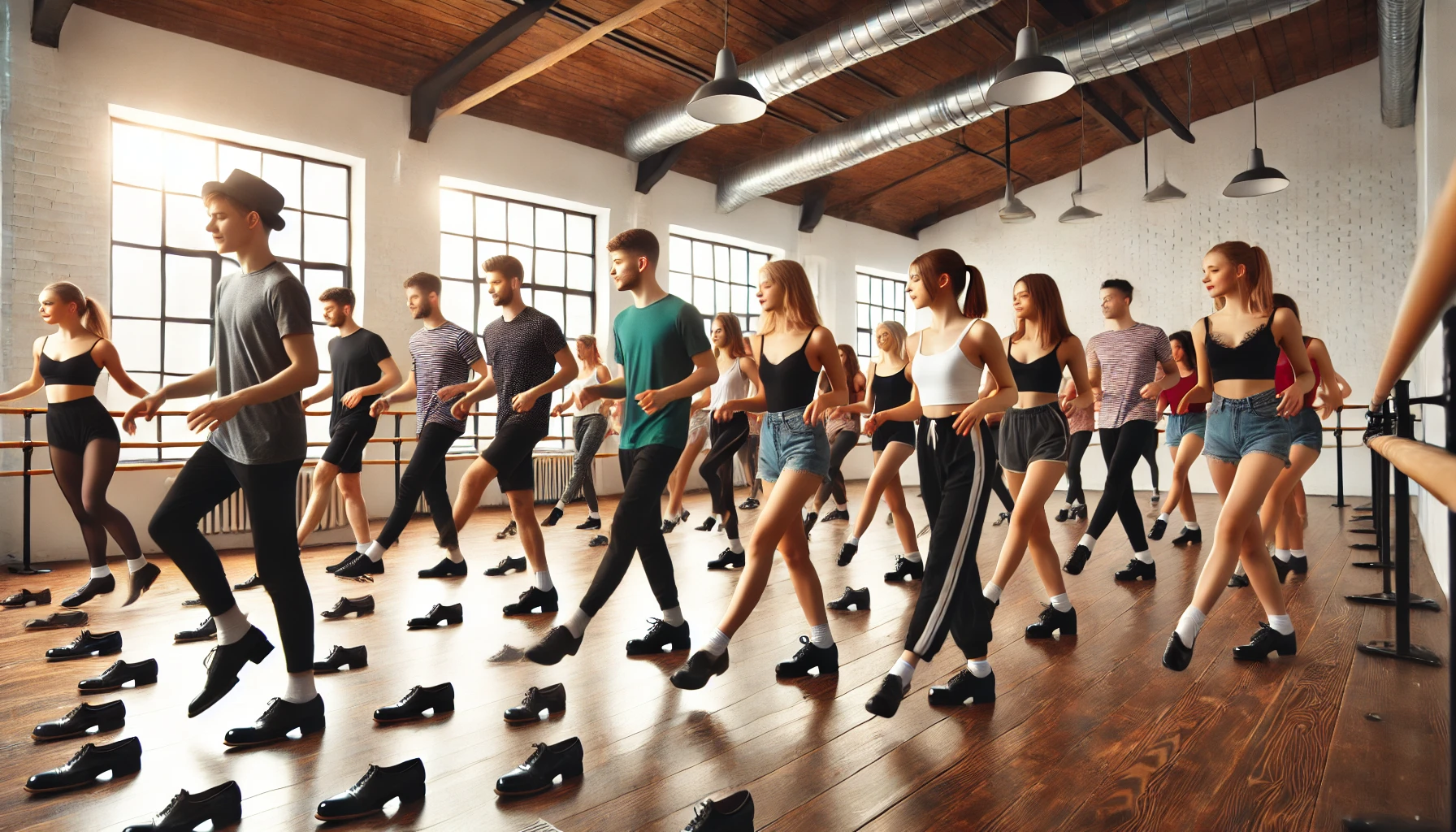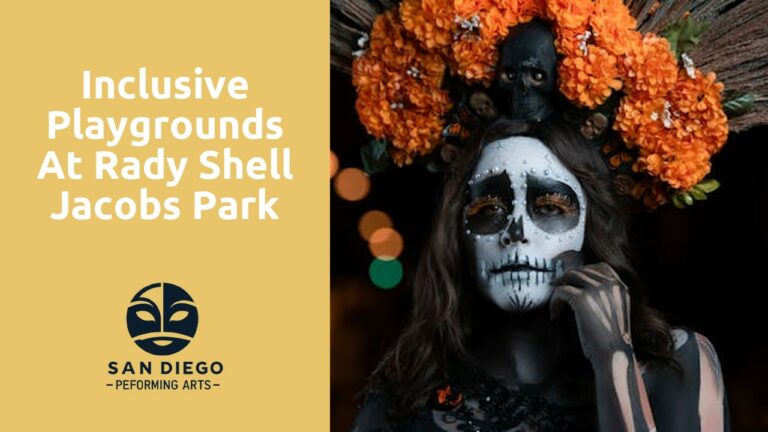What to Expect in Tap Dance Classes
Tap dance is a vibrant and rhythmic dance form that combines intricate footwork with the creation of rhythmic sounds. As you step into the world of tap dance, you can expect a unique and exhilarating experience. This article will guide you through what to expect in tap dance classes, ensuring you are well-prepared and excited for your journey into this dynamic dance style.
The Basics of Tap Dance
Tap dance classes typically begin with the basics, making them suitable for beginners and those with some dance experience. Here’s what you can expect during your initial sessions:
1. Warm-Up Exercises
Every tap dance class starts with a warm-up to prepare your body for the movements and rhythms you’ll be practicing. Warm-up exercises may include:
- Stretching to increase flexibility
- Basic footwork drills to get your feet accustomed to the tap shoes
- Rhythmic clapping or stomping to develop a sense of timing and rhythm
2. Learning Basic Steps
As a beginner, you’ll start with fundamental steps such as:
- Shuffles: A forward and backward brush of the foot, creating a shuffling sound
- Flaps: A quick brush followed by a step, making a “flap” sound
- Ball Change: A shift in weight between the ball of one foot and the other
These basic steps are the building blocks of more complex routines and are essential for developing your tap dance skills.
3. Developing Rhythm and Musicality
Tap dance is as much about the sound you create as it is about the movement. You’ll spend time learning to:
- Listen to the music and identify the beat
- Match your footwork to the rhythm
- Experiment with different tempos and rhythms
4. Practicing Technique
Good technique is crucial in tap dance to avoid injuries and perform steps correctly. You’ll focus on:
- Proper posture and alignment
- Weight distribution on the feet
- Control and precision in foot movements
5. Building Combinations
Once you’re comfortable with the basic steps, your instructor will introduce combinations. These are short sequences of steps that are put together to form a routine. Combinations help you practice transitioning between steps smoothly and improve your memory and coordination.
Advancing Your Tap Dance Skills
As you progress in your tap dance classes, you’ll move on to more advanced techniques and routines. Here’s what to expect as you advance:
1. Complex Footwork
Advanced classes will challenge you with intricate footwork patterns, such as:
- Pullbacks: A jumping step where you pull your feet backward to create a sound
- Wings: A step where you jump and brush your feet outwards, creating a wing-like motion
- Cramp Rolls: A combination of steps that create a rolling sound
2. Syncopation and Improvisation
Tap dance often involves syncopation, where the rhythm is accentuated in unexpected places. You’ll learn to:
- Add syncopation to your routines
- Experiment with improvisation, creating your own rhythms and steps on the spot
3. Performance Skills
Performing tap dance requires confidence and stage presence. You’ll practice:
- Dancing in front of others, whether in class or at recitals
- Expressing yourself through your movements
- Engaging with the audience through eye contact and facial expressions
Tips for Success in Tap Dance Classes
To make the most of your tap dance classes, keep these tips in mind:
- Wear Proper Tap Shoes: Invest in a good pair of tap shoes that fit well and provide the right sound.
- Practice Regularly: Consistent practice will help you improve your technique and rhythm.
- Listen to Tap Music: Familiarize yourself with different tap dance music to enhance your musicality.
- Stay Positive and Patient: Learning tap dance takes time and effort. Celebrate your progress and stay motivated.
Essential Points for Beginners
When starting tap dance classes, beginners often wonder what to expect. Here are some key points to keep in mind:
1. Warm-Up and Stretching: Essential to prevent injuries and prepare for dance movements.
2. Basic Steps: Focus on mastering shuffles, flaps, and ball changes to build a strong foundation.
3. Rhythm Practice: Develop your sense of timing by listening to the music and matching your footwork to the beat.
4. Technique and Posture: Proper technique ensures safety and precision in movements.
5. Regular Practice: Consistency is key to improvement in tap dance.
By understanding these basics, you’ll be well-prepared to start your tap dance journey with confidence.
Conclusion
Tap dance classes offer a fun and engaging way to express yourself through movement and rhythm. Whether you’re a beginner or looking to advance your skills, tap dance has something for everyone. From learning basic steps and developing rhythm to mastering complex footwork and performing with confidence, tap dance is a rewarding and enjoyable experience.
With dedication and practice, you’ll find yourself tapping your way to success in no time. So, put on your tap shoes, embrace the rhythm, and get ready to dance!







